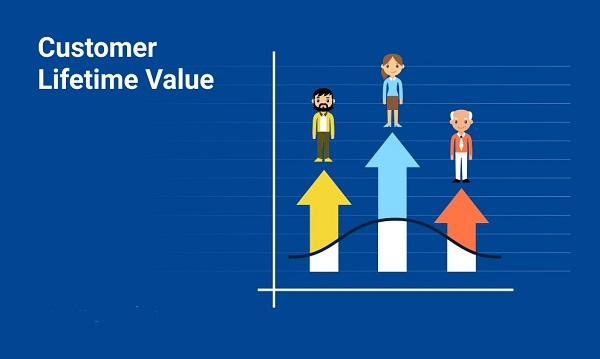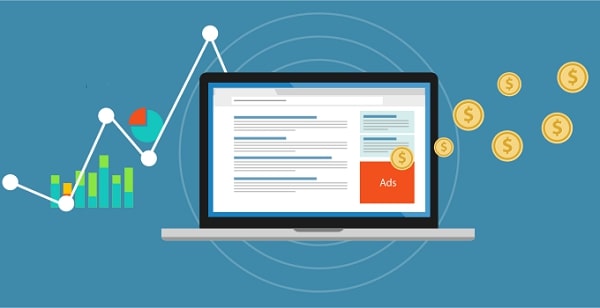What are the basic eCommerce metrics that you need to focus on?
General, Price-monitoring, eCommerce-trends ·There are lots of great advice that you can come across when learning about the important eCommerce metrics. Nevertheless, if you’ve ever gotten yourself into this process, you must have realized how easily the situation can get out of hand. Soon, you find yourself overwhelmed by thousands of articles with even more numbers mentioned. It’s difficult to figure out where to start - are all those metrics really so important if you’re just getting started? It’s not that you are looking for a shortcut, but it would be nice to have everything presented simpler - to know what few basic eCommerce metrics will actually help you grow your business, especially in the beginning.
At Price2Spy we strongly believe that there is no such thing as an overnight success - it takes time to fully understand your business, competition, and market conditions. Defining the right pricing strategy won’t go so smoothly, therefore it’s important that you know which metrics can offer you a good insight into your customers’ behavior.
Here are the 5 basic eCommerce metrics that should make you really understand how important it is to be friendly with numbers in order to have a more successful business.
Website traffic
As a newcomer in the eCommerce business, there are some numbers that you need to make sure to keep an eye on. Traffic that your eCommerce store receives is definitely one of them. Yes, it’s important to know the overall traffic (or in other words, the number of visitors coming to your page) but it’s equally important to understand the information that lies behind this. By understanding the traffic you’ll actually understand where do your customers come from, and how they have found about you. Maybe a fair share of them is coming from abroad? In that case, you must be aware of the importance that international shipping has for your business. On the other hand, you can see how they have found about your website. Was it by social media, organic search, some ad, or (guest) blog post? The results might be as you’ve expected, but maybe some channel turned out to be more popular and efficient than you’ve thought. Having this kind of information will help you with better planning of your advertising strategies.
Conversion rates
Getting people to know about your eCommerce store is definitely important, but it is not particularly helpful if you fail to convert visitors into customers. Conversion rates will show you how successful you are in doing this. As with analyzing traffic, there are more things to discover within this metric. The path from a visitor to a customer is not a one-step process. It’s usually consisted of a few stages - add to cart, checkout, purchase. Unfortunately, a very common case is that a visitor comes to your eCommerce store, adds a product to his cart, but then just leaves without making the purchase. This action is called shopping cart abandonment. Nearly 70% of shoppers abandon their carts but since some of them just want more time to think about finishing the purchase, this number doesn’t need to be final. However, it’s important to keep an eye on its fluctuations because it can show you if there are some website problems causing a high cart abandonment rate. You can track cart abandonment by setting up a funnel in Google Analytics.
Customer lifetime value
Another metric that’s also on the list of the ones that you need to keep track of is customer lifetime value. Customer lifetime value will show you how much you are going to earn from a customer over the expected course of their life. It’s important that you know how long (approximately) your client will remain, or in other words, what will be his expected lifetime. This is an important metric because it will show you how much you should spend on acquiring new customers, and retaining the existing ones. For example, if you earn $20 over five transactions through the customers’ lifetime, your CLV will be $100. Of course, this is a very basic example, and things actually are more complicated due to the fact that there are several ways of calculating CLV. However, as a beginner, there is no need for all that information, so using the CLV calculator should be enough for starters.

Customer acquisition cost
We mentioned in the previous paragraph that there are also costs referring to acquiring new customers. Naturally, acquiring potential customers must cost something, but the question is how worth it is - does it make more sense to invest in retaining the existing customers, or in finding new ones? As reported by Harvard Business Review acquiring a new customer can cost approximately five to 25 times more than retaining one. Therefore, in order to gain profit, your customer acquisition cost needs to be lower than your CLV. So, the trickiest part here is how to stay within the budget?
Define your target: the first step for lowering your CAC is to define who are your customers - without this, you’re just throwing money away. The safest way to perform this is by fleshing out buyer personas of people you’re targeting.
Use retargeting: not everyone who visits your website is going to purchase the product right away. But, with retargeting you’ll be able to keep tabs of those visitors. Then, your ads can pop up to them on other websites as well which will remind them of you and they’ll be more encouraged to make the purchase.
Implement A/B testing: you need to have a clear understanding of what brings you more customers and helps you in retaining the existing ones. Therefore, there are some things that you can test - landing pages, emails, copy, call to action, etc.
Total sales
Regardless of your experience, total sales even sound like a metric that you need to track. When gathering information about your sales, you’re actually interested in what urges your customers to buy, and how each of the channels is performing over time. Of course, to be able to understand this, you need to take a deeper look at your data. It would be ideal if you chose a time frame of a few months, just for comparison purposes. That way, you’ll be able to see how the sales dynamics - when your store was performing great, and when not so much. To make it simpler and easier to understand, you can always break this into days, so that you have an even clearer picture of the events. Only after having a better understanding of your sales, you’ll be able to smartly decide on your investments.

What to do next?
There are so many tactics, tips & tricks that you can implement into your business strategy in order to make it more successful. Regardless of the size of your store, these basic eCommerce metrics are something that you can use for the beginning. Once you get more comfortable with understanding this, you can continue by implementing new and more detailed metrics. In that way, you’ll get to even more detailed answers, but it’s important to take a step-by-step approach. You need to build your knowledge gradually in order to be able to understand even the most complex analyzes when the time comes.
Do you remember your eCommerce beginnings? Was it difficult to understand all the metrics or it just came naturally? Share your experience with us in the comment section below.
